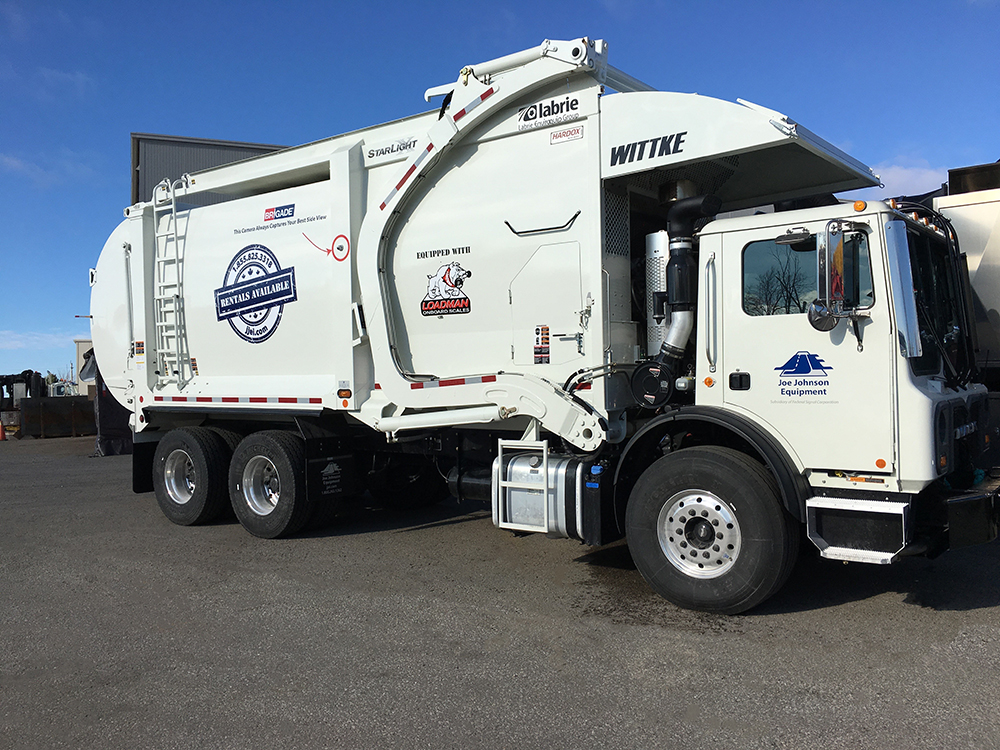Trashnology: Tech Meets the Waste Collection Industry

Reprinted with Permission, Waste Advantage Magazine, October 2017, CWRE Edition – Check out the JJE Booth at CWRE
We can be certain that the future of waste collection will continue to be influenced by advances in other industries and new discoveries in the vehicle space. While there has been some resistance to automation in the past, the fear of technology is no longer a relevant factor in the industry.
– David West
Legislation permitting the testing of vehicles which do not have pedals, a steering wheel or a need for a human control is rapidly being drafted and put to the test in the U.S. While self-driving cars seemed like the stuff of science fiction a few years ago, things have moved forward to now making this and many other technological advances a reality on the roads. The thinking that our increasingly distracted public can be protected by automation is not new, and the timing is right now for a variety of industries to get on board to make day to day life safer and more convenient, by design.
As manufacturers of passenger vehicles continue to push limits to find ways to make vehicles safer, more fuel efficient, and more responsive to our ever growing demand for comfort and convenience, discoveries made along the way continue to influence and flow into the non-passenger design space.
The waste industry is not only watching closely, but learning and adopting new methods of automating manual processes to advance standards of safety and efficiency. The objective is to improve public safety and advance collection efficiency in a holistic sense, safety for the operators, cleaner streets that result in healthier communities and to collect valuable insights from collection route data that can optimize the efficiency of collection in a myriad of ways.
Optimizing Collection Routes and Eliminating Liability
Ultimately, we know the objective for any waste collection operation is to reduce costs and collection time to increase efficiencies. The challenge lies in adequately meeting these objectives while working within communities where public safety must remain first priority and municipal plans to reduce environmental impact may require introducing new processes and new costs associated with meeting these aims.
Demands to meet the goals of waste reduction and diversion highlight the need to improve the way in which we collect data in order to be able to report meaningfully to municipalities and governmental stakeholders, and better understand what is happening during the process. Collection needs to be quicker, more accurate and at the same time remain safe for the public and the operator. Here, the goal is maximizing payload without the worry of overloading to eliminate fines or liability and to reduce excess truck wear and tear. The push to automation is evidence that the waste collection industry is finding these solutions through technology.
Implementing scale systems to accurately measure and automate the weighing process means collection is complete when payload is met, and eliminates guesswork or the risk of being overweight. Being able to track equipment, measure collection times, improve productivity and monitor safety are just some of the benefits gained from adopting automation.
Automation for Accident Reduction
While driverless trucks are not currently in use in Canada, autonomous vehicles are already in testing and development elsewhere in the world. While North America may not be there yet, the introduction and growing use of technologies that “put the truck around the operator” to reduce preventable accidents, shows an awareness of the need for greater safety, resulting in a push to automation and a reduction in manual collection trending amongst municipalities and private haulers alike.
Use of more equipment featuring automated arms to eliminate the need for the operator to exit the truck and manually collect waste is one advance that clearly reduces risk to the operator and has resulted in overall reduction of costs. The operator is no longer stepping out into traffic, avoids repetitive lifting and is not impacted by the effects of inclement weather in the same way.
Outfitting the equipment with additional features such as 360˚ cameras adds an additional measure of safety to the public sharing the roads by giving the driver a clear view of all surrounding blind spots. Coupled with back up alarms, these features provide an extra measure in preventing accidents.
We can be certain that the future of waste collection will continue to be influenced by advances in other industries and new discoveries in the vehicle space. While there has been some resistance to automation in the past, the fear of technology is no longer a relevant factor in the industry as the proven wins in efficiency and productivity outweigh these outdated concerns.
